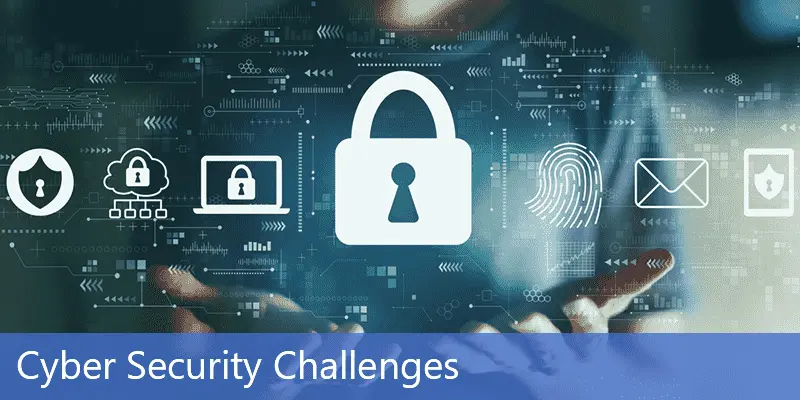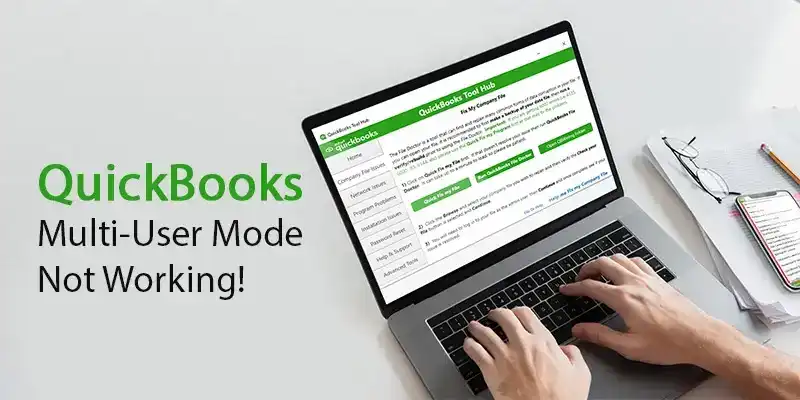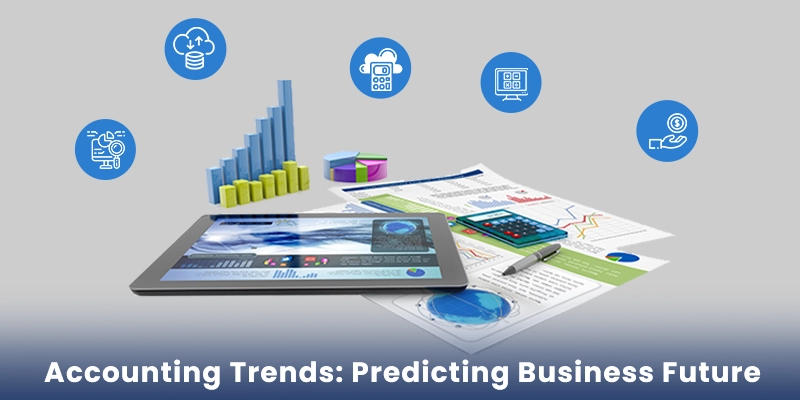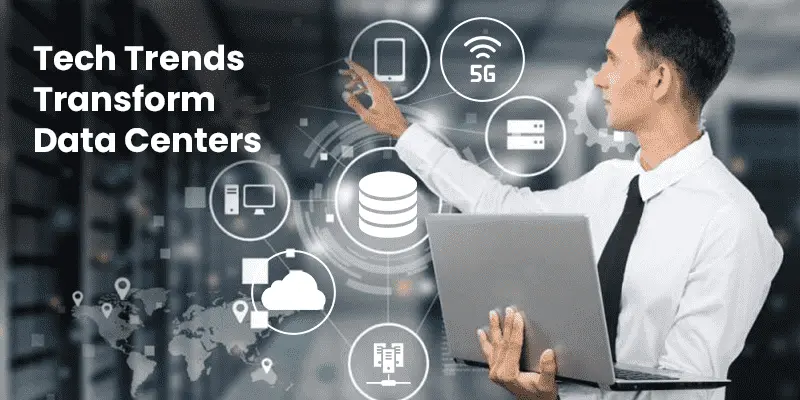
Data Security: Have You Ever Come Across ‘Insider Threats’?
Have you ever heard of the term Insider Threats? Well, it is a malicious or accidental threat that comes from people within the organization. The people such as the working employees, former employees, contractors or business associates who have inside information regarding security practices, data, and computer systems could be the threats in this scenario. External drives like pen drive, hard disk, and other devices that can be used to transfer the data from the system are prohibited at the workstation.
Insiders can easily be more of a threat than outside attackers
Insider threat is more of a cyber threat because the insiders do not need to breach the external security barriers, as they are already inside. The outside attackers have to break through the different security layers which get monitored 24×7 while the insiders are supposed to be there, so no red flags would be raised. The insider threats are becoming more common in the industry as the level of a vulnerability is really high. One of the prime reasons is only 50% of users in the organizations get training regarding insider threats, and around 31% of them implement the advanced authentication system. The security measures like IAM, multifactor authentication and constant network monitoring should be used to fight against insider threats.
IAM, multifactor authentication and constant network monitoring
Multifactor authentication, an authentication system, grants access to users only after they successfully present two or more pieces of evidence to an authentication mechanism. This way the insider threats cannot access the system without revealing their true identity. The constant network monitoring helps in finding any of the abnormal user behaviors. Limiting the access and permissions of employees to what they need to do their jobs; the term used for this security fundamental is called Identity and Access Management (IAM).
The list of possible vulnerabilities:
- Weak identity, credential, and access management
- Insecure APIs
- Insufficient due diligence
- Lack of encryption
- Malicious and clueless insiders
Insider threats in the cloud industry
The majority of organizations are shifting their applications, storage, and workload to cloud as it’s reliable, scalable, gives remote access to the user, and also minimizes the downtime and cost of the business. Moving to the cloud comes up with many benefits but all that comes with risk. As with cloud, it is not just the in-house employees that need monitoring but also the people working for the cloud. With it, there has to be an increase in the security of the data as an employee can maliciously or accidentally leak or lose some confidential data without even being on the system. According to the survey, 41% of respondents said that cloud migration makes insider attacks harder to detect. Therefore, the network monitoring tools for abnormal user behavior is required on a constant basis.
Cloud services have witnessed some high-profile cyber-attacks over the years, so experts are coming up with the continuous improvement of security measures in the IT industry. While there are various factors of the cloud service that should be considered but the top priority should be of the security that it provides.
Conclusion
The insider threats have become common in the industry, so the proper measures and training should be provided to the employees of the organization. The implementation of Identity and Access Management (IAM), multifactor authentication and constant network monitoring is a need for businesses to fight the Insider Threats. With the involvement of the cloud, the risk of threat increases as you give access to your confidential data to someone else. Every cloud company has its own terms and conditions regarding data management, and they can use it as per the agreements.
Keep in mind that it is not an in-house infrastructure where the risk of insider threat is limited to the people working at your company. You might lose control of your business data to a certain extent as it is stored in the data center of the cloud company. Some of the service providers using their terms of service pass on the data to third parties and other advertising agencies. So, one needs to explore the various cloud options available and then choose the service provider having advanced security measures with proper rules and regulations. The terms and conditions should be reviewed carefully and thoroughly before making the investment.
 written by
written byAbout Author






